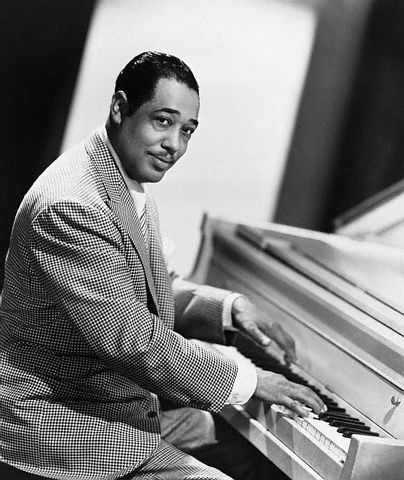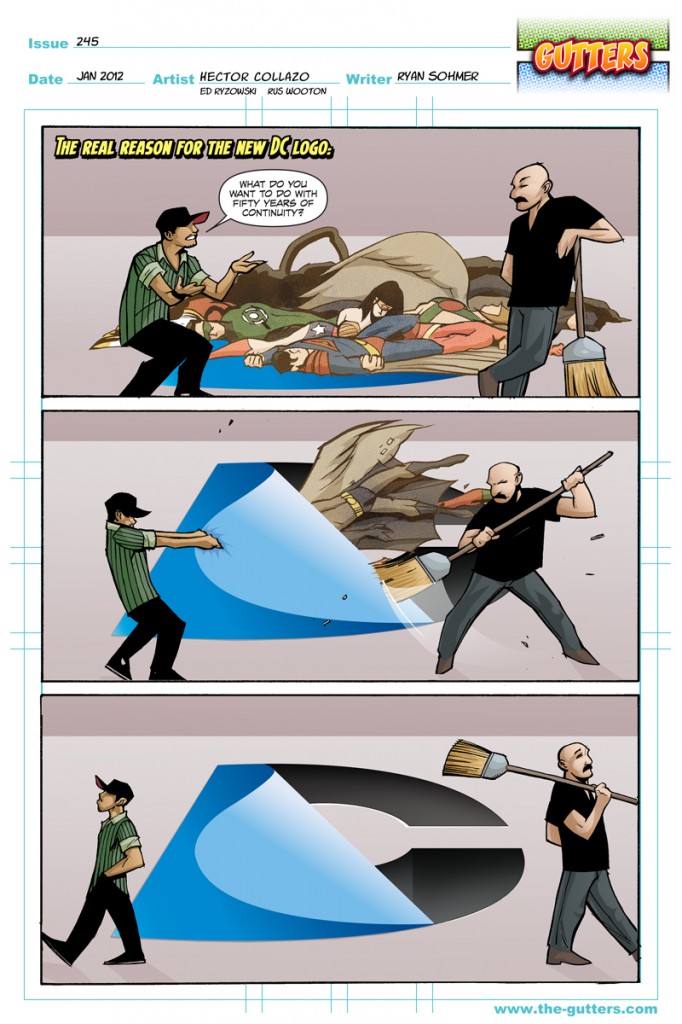“Might not know it now… Baby but I r, I’m a (star)…”
computers, dining and cuisine, education, event, everyday glory, family and friends, food for thought, health, history, music, news and info, style and fashion No Comments »Midweek. New comics day. Pasta & Movie Date Night.
Last night, SaraRules! presented me with awesome Valentine’s Day gifts:
- Chocolate-covered strawberries
- RubySnap cookies
- A wedding album that she created.
She also cooked a great dinner AND made chocolate souffles.
Yeah, it was like that.
The album was, quite simply, fantastic. She pulled together a bunch of great photos from the wedding and reception, set the backgrounds, laid the whole album out and ordered the book. (She even has copyright credits.) And, it was a complete surprise. Total win.
Last night was also a bath night for the girls. Diana, while not totally in to bathtime last night, was fairly good-natured about the whole thing. Vanessa…? She LOVES bathtime. How can we tell? Well, let’s just say that SaraRules! has taken to calling her “Splash-O-Matic 5000.” With very good reason. By the time I finished bathing her, I was soaked. Absolutely drenched. But, she had a ball – and she got clean – so it was worth it.
Groove. Boogie. Sway.
I don’t think that I really need to say anything about this other than “Here it is.”
Chew on This: Food for Thought – Black History Month
Today’s person of note is Odetta, an American singer, actress, guitarist, songwriter, and a human rights activist.
Odetta Holmes (December 31, 1930 – December 2, 2008) was born in Birmingham, Alabama. Odetta’s father, Reuben Holmes, died in 1937, when Odetta was only 7 years old. That same year she and her mother, Flora Sanders, moved across the country to Los Angeles.
Although Odetta loved singing, she never considered whether she had any particular vocal talent until one of her grammar school teachers heard her voice. The teacher insisted to Odetta’s mother that she sign her up for classical training. She had operatic training from the age of 13. After several years of voice coaching, she landed a spot in a prestigious signing group called the Madrigal Singers. When Odetta graduated from Belmont High School in Los Angeles, she continued on to Los Angeles City College to study music. She later insisted, however, that her real education came from outside the classroom. “School taught me how to count and taught me how to put a sentence together,” she acknowledged. “But as far as the human spirit goes, I learned through folk music.” And as far as her musical development went, Odetta said her formal training was “a nice exercise, but it had nothing to do with my life.”
Her first professional experience was in musical theater in 1944, as an ensemble member for four years with the Hollywood Turnabout Puppet Theatre. In 1950, after graduating from college with a degree in music, Odetta landed a role in the chorus of a traveling production of Finian’s Rainbow. She fell in love with folk music when, after a show in San Francisco, she went to a Bohemian coffee shop and experienced a late-night folk music session. “That night I heard hours and hours of songs that really touched where I live,” she said. “I borrowed a guitar and learned three chords, and started to sing at parties.” Later that year, she left the theater company and took a job singing at a San Francisco folk club. In 1953, she moved to New York City and soon became a fixture at Manhattan’s famed Blue Angel nightclub. “As I did those songs, I could work on my hate and fury without being antisocial,” she said.
She made her name by playing around the United States: at the Blue Angel nightclub (New York City), the hungry i (San Francisco), and Tin Angel (San Francisco), where she and Larry Mohr recorded Odetta and Larry in 1954, for Fantasy Records. A solo career followed, with Odetta Sings Ballads and Blues (1956) and At the Gate of Horn (1957). Odetta Sings Folk Songs was one of 1963’s best-selling folk albums. In 1959 she appeared on Tonight With Belafonte a nationally televised special. Odetta sang Water Boy and a duet with Belafonte of There’s a Hole in My Bucket.
The 1960s, however, were Odetta’s most prolific years. During that decade, she lent her powerful voice to the cause of black equality—so often so that her music has frequently been called “the soundtrack of the civil rights movement.” She performed at political rallies, demonstrations and benefits. In 1961, Martin Luther King, Jr. anointed her “The Queen of American folk music”. Many Americans remember her performance at the 1963 civil rights movement’s march to Washington where she sang “O Freedom.” She considered her involvement in the Civil Rights movement as being “one of the privates in a very big army.”
In her later years, after the popularity of folk music had declined, Odetta made it her mission to share its potency with a new generation of youth. “The folk repertoire is our inheritance. Don’t have to like it, but we need to hear it,” she said. “I love getting to schools and telling kids there’s something else out there. It’s from their forebears, and it’s an alternative to what they hear on the radio. As long as I am performing, I will be pointing out that heritage that is ours.”
On September 29, 1999, President Bill Clinton presented Odetta with the National Endowment for the Arts’ National Medal of Arts. In 2004, Odetta was honored at the Kennedy Center with the “Visionary Award.” In 2005, the Library of Congress honored her with its “Living Legend Award”.
On December 2, 2008, Odetta died from heart disease in New York City.
Stray Toasters
- What are the advantages/disadvantages of learning models that exist outside of traditional educational institutions?
- The Office Worker Style Guide
- What It’s Like to Be Uninsured
- Sometimes, you just want a KitKat.
- Flaw Found in an Online Encryption Method
- Top 10 Wine Myths That Won’t Die
- The Truth About Van Halen and Those Brown M&M’s
- 19 Years and £1 Million Later, a Past Catches Up
Namaste.





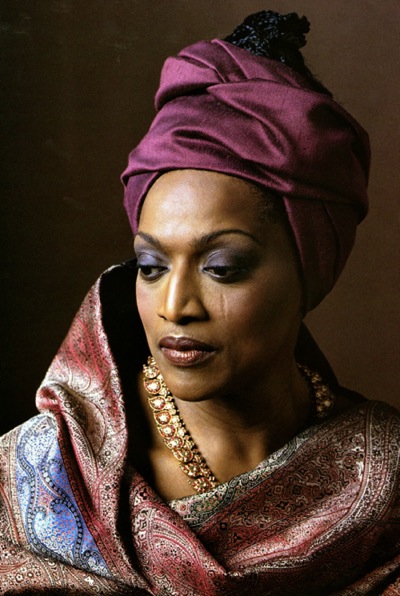


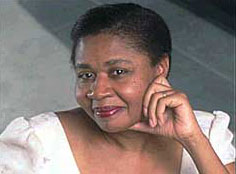


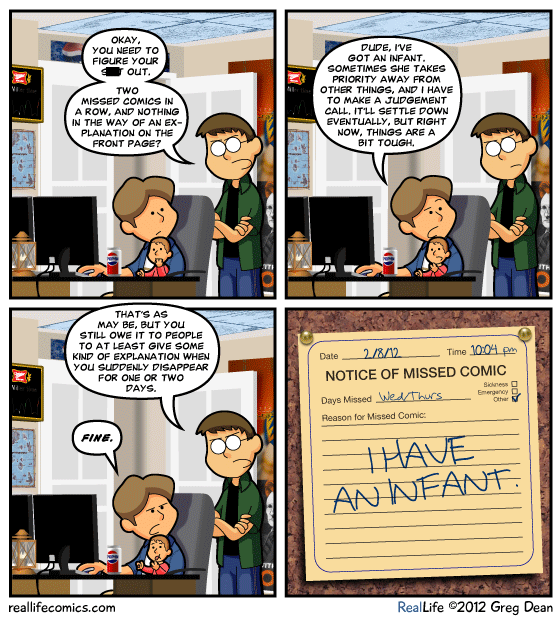


![[James-Weldon-Johnson,-half-length-portrait,-facing-front]-LOT-13074,...-painting-artwork-print](http://blog.echopulse.net/wp-content/uploads/2012/02/James-Weldon-Johnson-half-length-portrait-facing-front-LOT-13074...-painting-artwork-print.jpg)













